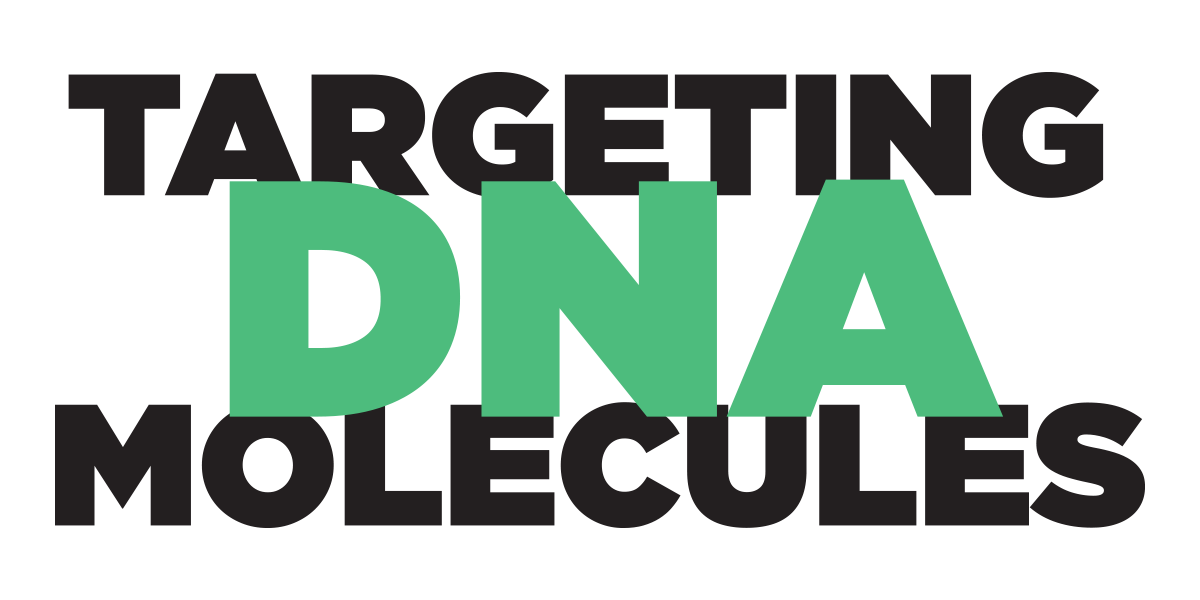
 Researchers in NMU’s Biology Department monitored Marquette wastewater for the virus that causes COVID-19 as part of a statewide $10 million pilot program, applying the same methods they have used to test beach water for E. coli.
Researchers in NMU’s Biology Department monitored Marquette wastewater for the virus that causes COVID-19 as part of a statewide $10 million pilot program, applying the same methods they have used to test beach water for E. coli.
The SARS-CoV-2 virus is shed in human waste, including from people who are asymptomatic or have not yet become ill. It can be detected by testing samples taken from sewers and wastewater treatment plants, with results often available earlier than those from human clinical samples. These results could be used to inform local public health actions to prevent further spread within that community.
The Michigan Department of Environment, Great Lakes and Energy and the Michigan Department of Health and Human Services provided the grant funding to establish a standardized and coordinated network of COVID-19 monitoring systems.
Biology Professor Josh Sharp, four undergraduate students and a technician participated in the pilot from October through December. They used real-time Polymerase Chain Reaction (PCR), a molecular microbiology technique that amplifies targeted DNA molecules.
 “All PCR requires is that you have a unique gene sequence you can amplify,” Sharp said. “It doesn’t matter what organism it is, you can tailor PCR to detect whichever one you’re interested in. So it’s just a matter of adapting it for COVID-19.”
“All PCR requires is that you have a unique gene sequence you can amplify,” Sharp said. “It doesn’t matter what organism it is, you can tailor PCR to detect whichever one you’re interested in. So it’s just a matter of adapting it for COVID-19.”
The state funding for the COVID monitoring project enabled Sharp to purchase a more sophisticated version of the instrument used for PCR. Digital droplet PCR (ddPCR) is more sensitive than conventional PCR and allows for easier quantitation of viral levels in a specific sample.
The NMU researchers obtained weekly samples from Marquette’s wastewater treatment plant and four other lift stations around the city and measured the viral load from each sewer system. They detected some significant quantities of COVID nucleic acid in the wastewater, which correlated with the timing of peak rates of infection in the community.
Sharp said “high” viral levels are relative. For example, Marquette’s threshold is different than Ann Arbor’s because of population density.
“Normal should be 0. At our high point in early November, we were at about 60,000 viral particles per 100 milliliters. It dropped off a little before rebounding to 50,000, then trickled down until it fell below the limit of detection. By the middle of February, the levels of COVID-19 nucleic acid in the wastewater fell below the detectable limit.”
At press time, Sharp was awaiting word on a potential two-year grant for extended monitoring of the SARS-CoV-2 virus and its variants. In addition to COVID-19 and E. coli, the ddPCR methods also have applications for studying mutations associated with certain cancers.